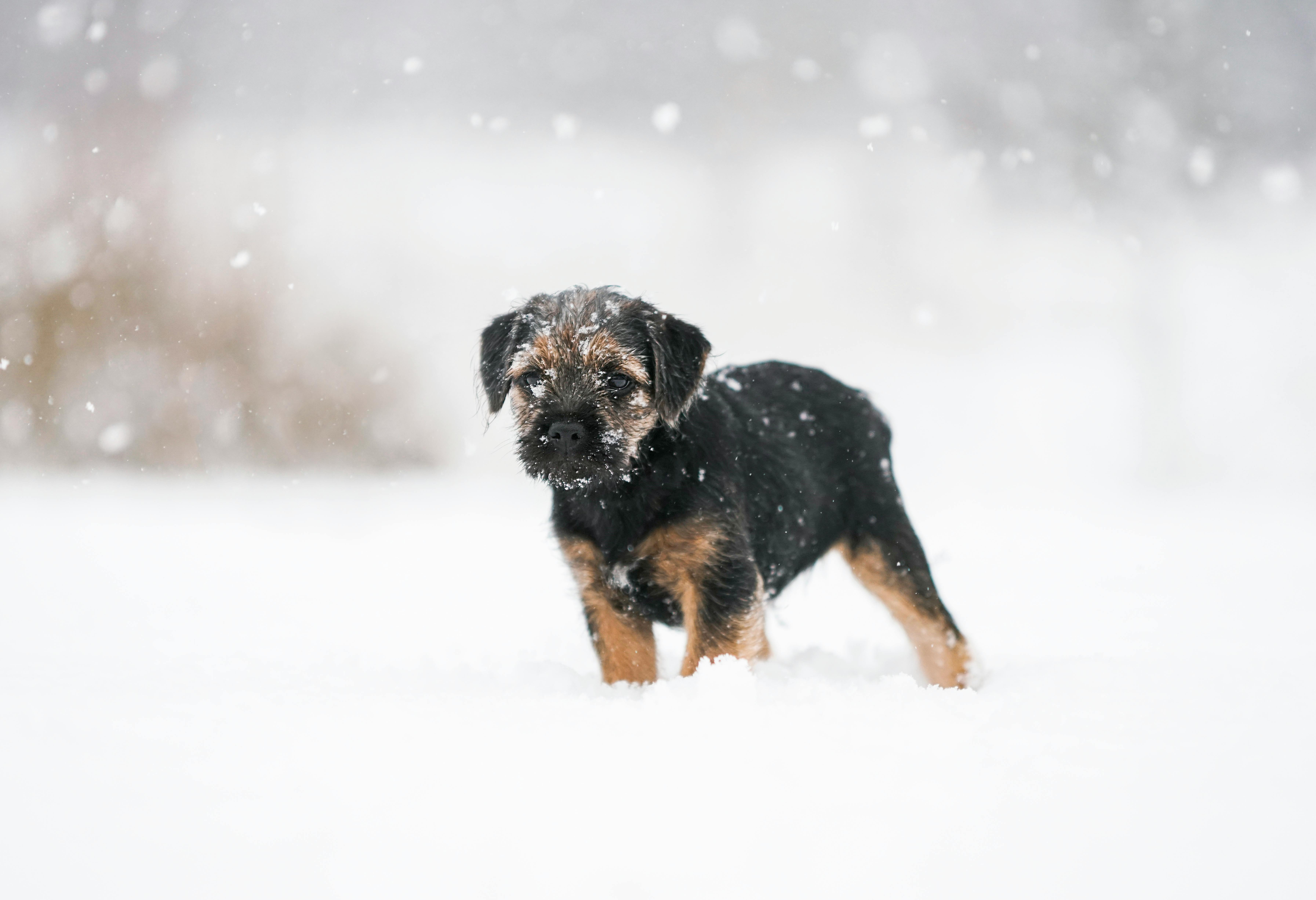
How to manage your cattle this monsoon in 5 easy ways
It’s time to get ready to jump in the water and get your hands dirty in the pool of mud as you paddle your little paper boats over the little streams of water flowing beside you. Here comes the monsoon, and we are ready to relish one of the happy seasons. However, in some places it is the time of joy, and for the rest, it is pouring with rain. With the onset of the monsoon, the environment is subject to deaths such as floods, and in such a case, it causes serious losses to humanity, flora and fauna. As we take preventative measures and take extra care of ourselves during the rainy season, the same is needed for animals, especially livestock that roam and live in open fields, leaving them exposed to life-threatening diseases. This is the time when the temperature drops and farmers begin to assess how the changing climate would affect the health of their cattle, their productivity and efficiency. Dairy farmers begin planning and gathering the resources they would need to manage and protect their cattle. Animals require a lot of attention during this time when they need to maintain a normal body temperature in the face of cold. Torrential rains affect the environmental humidity to the point that the temperature drops well below the lower temperature limit, causing stress to the animals.
This forces the animals to respond in some way, for example by seeking shelter or increasing metabolic activity, which could help them maintain their body temperature in the increased cold. Therefore, this increases your dietary requirements, especially quality foods that are high in energy.
Specifically, cows require feed that is full of essential nutrients as they consume more energy to adapt to weather conditions and maintain balanced positive energy. If cows don’t get quality feed supplements, they end up using reserved energy stored in the body to generate heat and manage body function to produce high-quality milk.
Eventually, this causes depletion of stored body fat, eventually causing weight loss and attenuation of the insulating substance under the skin, exposing them to cold and stressful weather.
The condition seems worse for heifers that could give birth to calves in such poor body condition, giving them a difficult and painful calving and giving birth to weak and underweight calves.
This situation results in a calf mortality rate that leads to dams producing less milk with a delayed heat cycle, which reduces the reproductive rate.
In addition to the impact on livestock, the heavy downpour affects other things as well. It becomes difficult to bale hay, keep cattle feed dry, and watch out for aflatoxins (poisonous carcinogens that cause liver damage and cancer). These harmful toxins reduce the quality of the forage and reduce consumption by animals due to high contamination.
Therefore, it is necessary to keep the dry feed away from the rains to prevent them from getting moldy, especially the hay. Manure and silage should also be stored in a dry place to prevent it from freezing, as cows cannot consume it at that time. Manure is likely to lose vital components, so it should be piled up and stored in a suitable place away from moisture.
To ensure that animals maintain their desired body temperature and body weight, you must follow certain steps that will help you manage your cattle during rainy seasons and save money spent on inappropriate locations.
1. Cleanliness is the most important thing.
Animals are likely to easily catch diseases during this season, exposing various health problems. Therefore, keeping the animals clean and dry always stands as the first requirement that must be met. In addition, cow teats must also be regularly cleaned and disinfected before and after milking. This helps prevent the milk from becoming contagious.
2. Increase the amount of feeding.
Animals, during this period, need more food and energy to produce heat to survive in the cold climate. Feed cattle with nutritional grains and drill. In the event that only wet feed is available, make sure that it is not too cold or frozen. Also, build a proper, sturdy shelter so they won’t be affected by high winds.
3. Prepare dry bedding.
Creating a shed is not enough. Making proper and warm bedding for cows is equally important, as wet, dirty, or dirty bedding leaves them open to health problems. Therefore, a dry sand bed is best, however availability is limited. In such situations, you can opt for dry straws or animal mattresses.
4. Drinking water supply.
The rainy season does not imply sufficient drinking water. Cows must be adequately fed with clean, drinkable water to avoid a reduction in feed intake by the cows. However, you must ensure that the water you supply is not too cold or at freezing temperature.
5. Drain standing water.
The accumulation of rainwater during the monsoon is evident and frequent. But the same also provides a natural platform for the growth of harmful bacteria and diseases. Therefore, preserving a hygienic environment works well to avoid it.